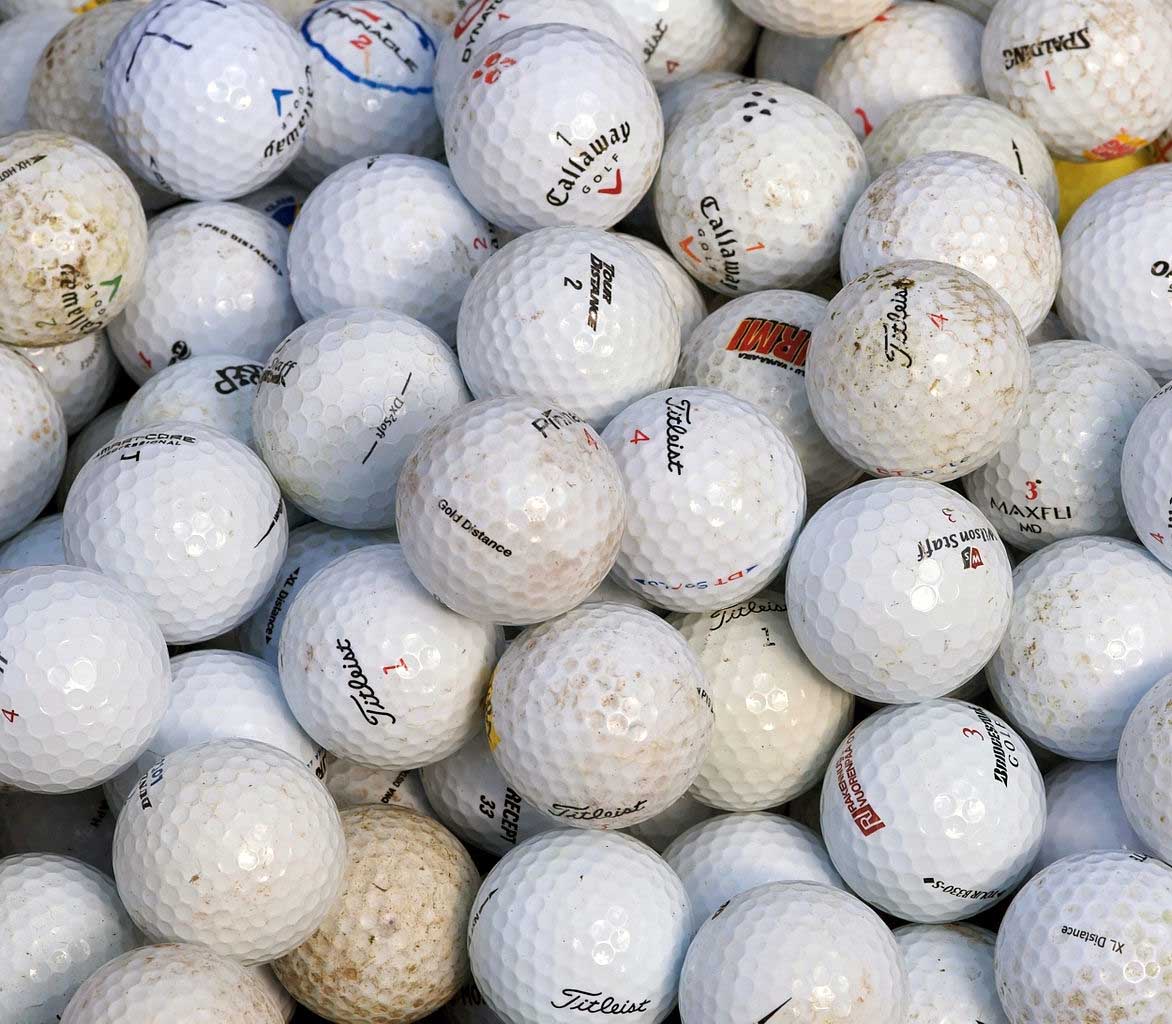I don’t know if I’d feel the haptic alarm with a drysuit: as others mentioned you can put a haptic alarm on some AI computers based on pressure.I did not imagine an electronic device because pressure valves are known since steam engine times. But, since you touched the subject, so many people rely on dive computers.
You are using an out of date browser. It may not display this or other websites correctly.
You should upgrade or use an alternative browser.
You should upgrade or use an alternative browser.
Another golf ball diver dead - Ponte Vedra Beach, Florida
- Thread starter DandyDon
- Start date
Please register or login
Welcome to ScubaBoard, the world's largest scuba diving community. Registration is not required to read the forums, but we encourage you to join. Joining has its benefits and enables you to participate in the discussions.
Benefits of registering include
- Ability to post and comment on topics and discussions.
- A Free photo gallery to share your dive photos with the world.
- You can make this box go away
- Messages
- 54,470
- Reaction score
- 8,575
- # of dives
- 500 - 999
The company was fined $55,870 for a dozen violations...

 divernet.com
divernet.com

12 violations preceded golfball diver’s death
Ballhawker was set up last August and describes its activities as "professional golfball recovery & recycling".
 divernet.com
divernet.com
A scuba diver died while retrieving lost balls from a golf-course lake in north Florida last December – and now the company that had employed him only three days earlier is facing fines of US $55,870 (about £46,500) after being accused of 12 health & safety violations.
The US Department of Labour’s Occupational Safety & Health Administration (OSHA) has cited the company Ballhawker of Florida for “serious violations” following an investigation into the death at the Ponte Vedra Beach course in Jacksonville.
The cause of death of the unidentified 26-year-old diver was not given. When he proved unresponsive, another Ballhawker employee had pulled him out of the water and asked a passing golfer to call the emergency services. The victim was pronounced dead after being taken to hospital.
Ballhawker was set up last August and describes its activities as “professional golfball recovery & recycling”. Although its website claims that “we leave nothing to chance to ensure the safest and most productive dives”, OSHA safety inspectors found that the company had neglected to follow required safety standards.
It had failed to train divers to handle assigned tasks safely, including using equipment, or to be able to administer CPR, said OSHA. It had not provided a first-aid handbook or resuscitation device at the dive-site, nor had it developed or maintained a safe-practice manual.
There had there no continuous monitoring or supervision of diving operations, and no operational communication system between dive-team members.
Diving equipment and components were not checked before each dive, nor were air-compressor systems tested for air purity every six months as required. Diver depth gauges were not used and there had been a general failure to comply with pre-dive requirements prior to operations.
The inspectors also found that Ballhawker had failed to keep records of its workers or of job details such as designated supervisor; date, time and location of job; and water and surface conditions.
“Ballhawker ignored safety standards and a young man lost his life,” said OSHA acting area office director Erin Sanchez. “Commercial divers are exposed to a variety of hazards, and it is an employer's responsibility to not start a dive until it is safe.” The company has the right to appeal.
I still use J-valves on many of my tanks. I cannot on the Dacor Nautilus Constant Volumn System (CVS), as it cannot be reached with that rigid BCD. But the U.S. Navy and commercial divers still use J-valves (and OSHA requires them or something like them for zero visibility diving).No, they are as safe as any other valve. A J valve is far safer than some electronic gizmo that may or may not work. I used Jvalves for many years, never a problem. They let you know when you are down to about 600 PSI. Professional divers in murky near zero visibility conditions use them still.
SeaRat
Nimrod, you forgot rattlesnakes (I saw one swimming in Alexander Springs Creek in 1970), and Bermese pythons up to 15 feet long, along with the gators.A few feet deep, sort of like a swimming pool with zero viz, toxic chemicals, brain eating amoebas and gators. Oh and cottonmouth pit viper snakes. What is not to love!
N
SeaRat
I wonder how many golf balls it would take to pay for a $55,870 fine?The company was fined $55,870 for a dozen violations...

12 violations preceded golfball diver’s death
Ballhawker was set up last August and describes its activities as "professional golfball recovery & recycling".divernet.com
SeaRat
Similar threads
- Replies
- 0
- Views
- 1,149
- Replies
- 17
- Views
- 4,800
- Replies
- 37
- Views
- 10,633
- Replies
- 75
- Views
- 15,794



